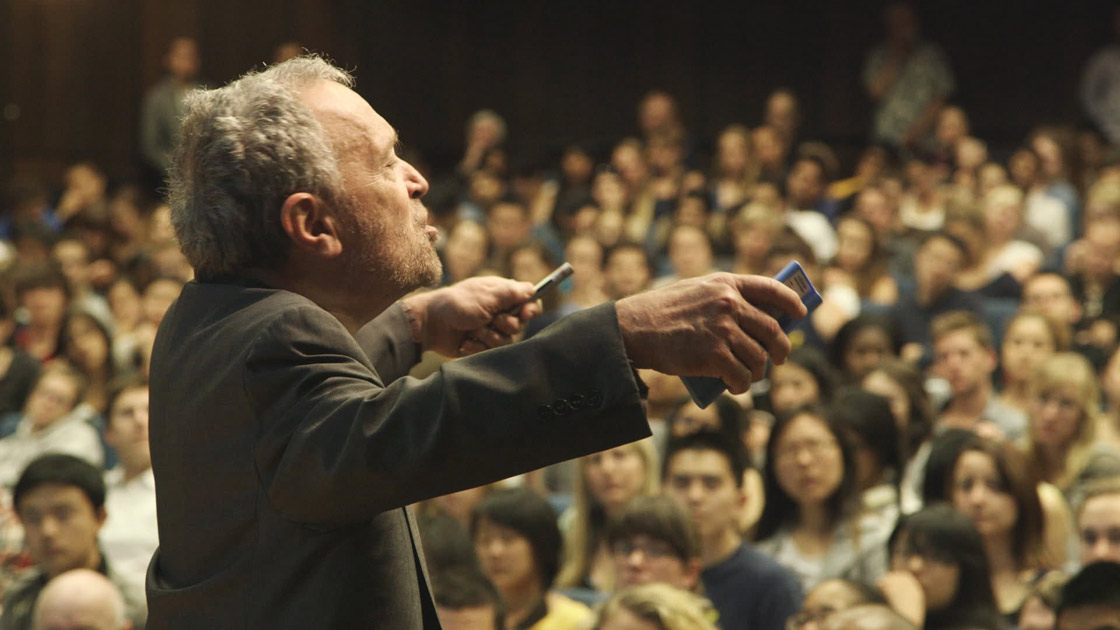Inequality for All
Opens Fri., Sept. 27 at Harvard Exit. Rated PG. 85 minutes.
The basis for this advocacy doc, Robert Reich’s Aftershock, was published three years ago as we were tentatively clambering out of the Great Recession, which began with the subprime-mortgage collapse of 2008. The film now arrives with a new paperback edition of Aftershock, in which Reich writes that real annual median household income actually declined from $51,144 in 2010 to $45,018 in 2012. That’s the opposite of a recovery. And in a widely cited new study, economists Emmanuel Saez and Thomas Piketty found that during 2012, the top 10 percent of earners took more than half of the country’s total income; and worse, the top 1 percent took more than one-fifth of income earned.
That kind of imbalance existed before the federal income tax was introduced in the progressive era; it leveled out during the postwar years, as Reich explains in Inequality for All. Then, as he shows using the same graphs he employs as a UC Berkeley professor, the inequality curve began climbing in the ’80s, accelerating with the deregulation of financial markets during the Clinton era (when he worked in the White House). Everyone’s income took a hit after 2008. But, per Saez and Piketty, since the wealthy own most investments, the Wall Street recovery has meant that the 1 percent has captured about 95 percent of the income gains since the recession ended.
Directed by Jacob Kornbluth, Inequality for All isn’t a dry, stat-filled lecture. Seen in his classroom and tooling around San Francisco in his Mini Cooper, Reich is anything but boring as he advocates federal stimulus and other policies to grow the middle class and get it spending again, to raise that median income (essentially flat since the pre-OPEC ’70s, measured in constant dollars). To that end, the film includes a handful of recession-impacted family profiles, including Seattle entrepreneur Nick Hanauer. “They are the job creators,” says Hanauer. “We need to replace trickle-down economics with middle-out economics.”
Reich would raise taxes on carbon and the elite (particularly capital gains), and he encourages federal spending in areas like bridge repair and infrastructure that create middle-class jobs. Would the Tea Party go along? No, nor are they the likely audience for this film. It’s the same dilemma expressed in Thomas Frank’s What’s the Matter With Kansas?: Republicans misled into voting against their own economic well-being. Working two 20-hour-per week jobs, without benefits, will never get you into the middle class or beyond. Republican rhetoric about an “opportunity society” has become a cruel irony: Social mobility is trending in the wrong direction, making the country ever more polarized. And that is why, despite Reich’s ebullience, this is such an important, dismaying film.
bmiller@seattleweekly.com








